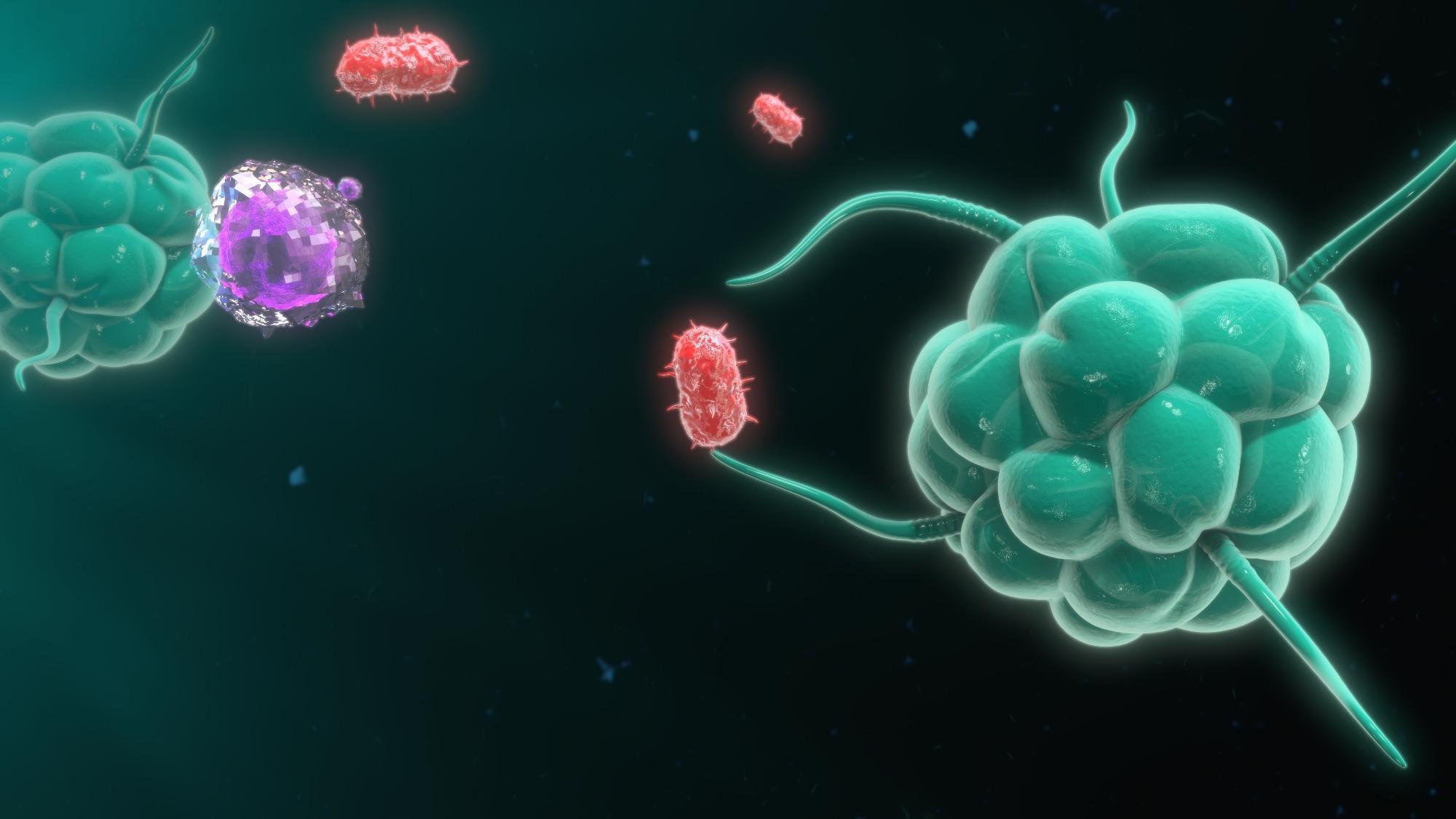In a recent article published in the Science journal, researchers demonstrated tissue-specific immune cell characteristics in humans by performing cross-tissue immune cell evaluation.
 Study: Cross-tissue immune cell analysis reveals tissue-specific features in humans. Image Credit: sciencepics / Shutterstock
Study: Cross-tissue immune cell analysis reveals tissue-specific features in humans. Image Credit: sciencepics / Shutterstock
Background
The human immune system encompasses numerous cell types distributed throughout the body. Although immune cells in peripheral organs play an important role in illness and health, most existing human immunity research focuses on blood-derived immune cells. Thus, there is insufficient data regarding the fine-grained differences among immune cell kinds between organs.
Immune cells adapt to their surroundings, developing unique functional specialization and characteristics. Assessment of these molecular adaptations via a comprehensive examination of cells throughout the human body will impart more information about the organismal level immune system.
About the study
In the present study, the researchers performed a multi-tissue analysis of immune cells throughout the human body in various organ donors. The team discovered tissue-restricted expression profiles throughout the lymphoid and myeloid compartments by sampling numerous organs from the same subjects, which allowed significant control of sex, age, drug exposure, sampling settings, and medical history.
The scientists analyzed the immune cell kinds in depth by assessing the immune compartment of 16 donor-matched tissues procured from 12 adult dead organ donors. The team extracted the immune cells and conducted variability, diversity, and joining (VDJ) sequencing and single-cell ribonucleic acid sequencing (scRNA-seq) for B cell and T cell receptors, yielding a top-quality dataset comprising approximately 360,000 cells.
In addition, the authors created a stochastic gradient descent learning-based logistic regression framework called CellTypist for precise and rapid immune cell type identification. They used CellTypist for the comprehensive resolution of immune cell diversity across tissues. This approach facilitated the assessment of tissue-specific and shared cell states and expression modules within lymphoid and myeloid cell lineages. Further, the team determined the tissue distribution of finely phenotyped immune cell kinds (T and B cells) using CellTypist coupled with careful curation.
Results
The study results showed that the authors created CellTypist by assembling a detailed immune cell type reference repository by selecting and harmonizing available sources. The application of CellTypist to the present data collected from numerous tissues and people discovered 101 immune cell populations.
The authors found that although macrophages exhibited the most drastic tissue-specific traits, they also demonstrated few convergent properties. For instance, macrophages harboring erythrophagocytosis-linked genes were seen broadly in the liver, spleen, lymph nodes, and bone marrow. Heterogeneity within specified subpopulations, like migratory dendritic cell adaptations, mainly C-C chemokine receptor type 7+ (CCR7+), was also found.
The investigators discovered tissue-specific memory population distributions among adaptive immune lineages. The observed memory B cells did not exhibit clonal proliferation. Further, about half of them had the immunoglobulin M (IgM) subtype, indicating that they may exist in low numbers in healthy tissues and expand in response to challenge and aging. While plasma cells were found in only a few tissues, memory B cells were distributed throughout the body.
Furthermore, the current results shed light on T cell tissue specializations and the diversity of T cell subtypes in the T cell compartment. Unlike effector and central memory T cells, tissue-resident memory T (TRM) cells displayed more limited distribution. VDJ sequencing revealed that TRM cells possessed a high diversity, consisting of γδ and αβ lineages. Clonal dynamics analysis illustrated the highest TRM cell clonal expansions, i.e., single pair of T cell receptorαβ (TCRαβ) chains, and the most common clonal sharing (TCR) across effector and resident memory populations.
Conclusions
The study findings depicted an immune cell map of lymphoid and myeloid lineages throughout adult human tissues. For automated immune cell characterization, the researchers established CellTypist and executed a comprehensive analysis of cell populations. The team identified 101 cell states or types using CellTypist from over one million cells, comprising prior underestimated cell states. Moreover, the findings depicted convergent phenotypes among lineages and characterized tissue adaption signals for various cell types, namely resident memory T cells and macrophages.
Collectively, the current research broadened the existing knowledge on human immunity functioning as an interconnected, cross-tissue network. The study also offered multiple vital novel resources to the scientific community. The current cross-tissue immune cell data has significance for targeting cells to selected tissue regions and designing cells for treatment purposes. In addition, it has implications for studying tissue-specific aspects of infection and different routes of vaccine administration to tissues.